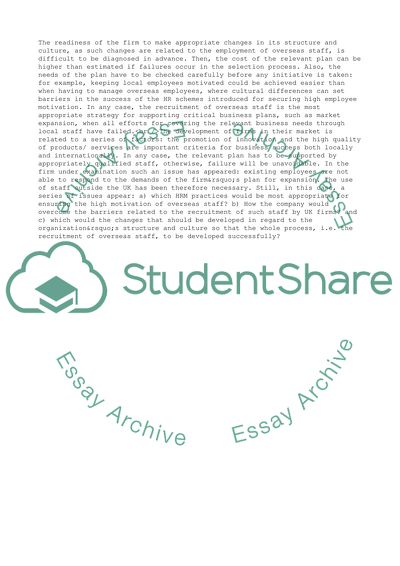Cite this document
(Expanding Organisations Coursework Example | Topics and Well Written Essays - 3000 words, n.d.)
Expanding Organisations Coursework Example | Topics and Well Written Essays - 3000 words. https://studentshare.org/business/1818714-expanding-organisations
Expanding Organisations Coursework Example | Topics and Well Written Essays - 3000 words. https://studentshare.org/business/1818714-expanding-organisations
(Expanding Organisations Coursework Example | Topics and Well Written Essays - 3000 Words)
Expanding Organisations Coursework Example | Topics and Well Written Essays - 3000 Words. https://studentshare.org/business/1818714-expanding-organisations.
Expanding Organisations Coursework Example | Topics and Well Written Essays - 3000 Words. https://studentshare.org/business/1818714-expanding-organisations.
“Expanding Organisations Coursework Example | Topics and Well Written Essays - 3000 Words”. https://studentshare.org/business/1818714-expanding-organisations.


